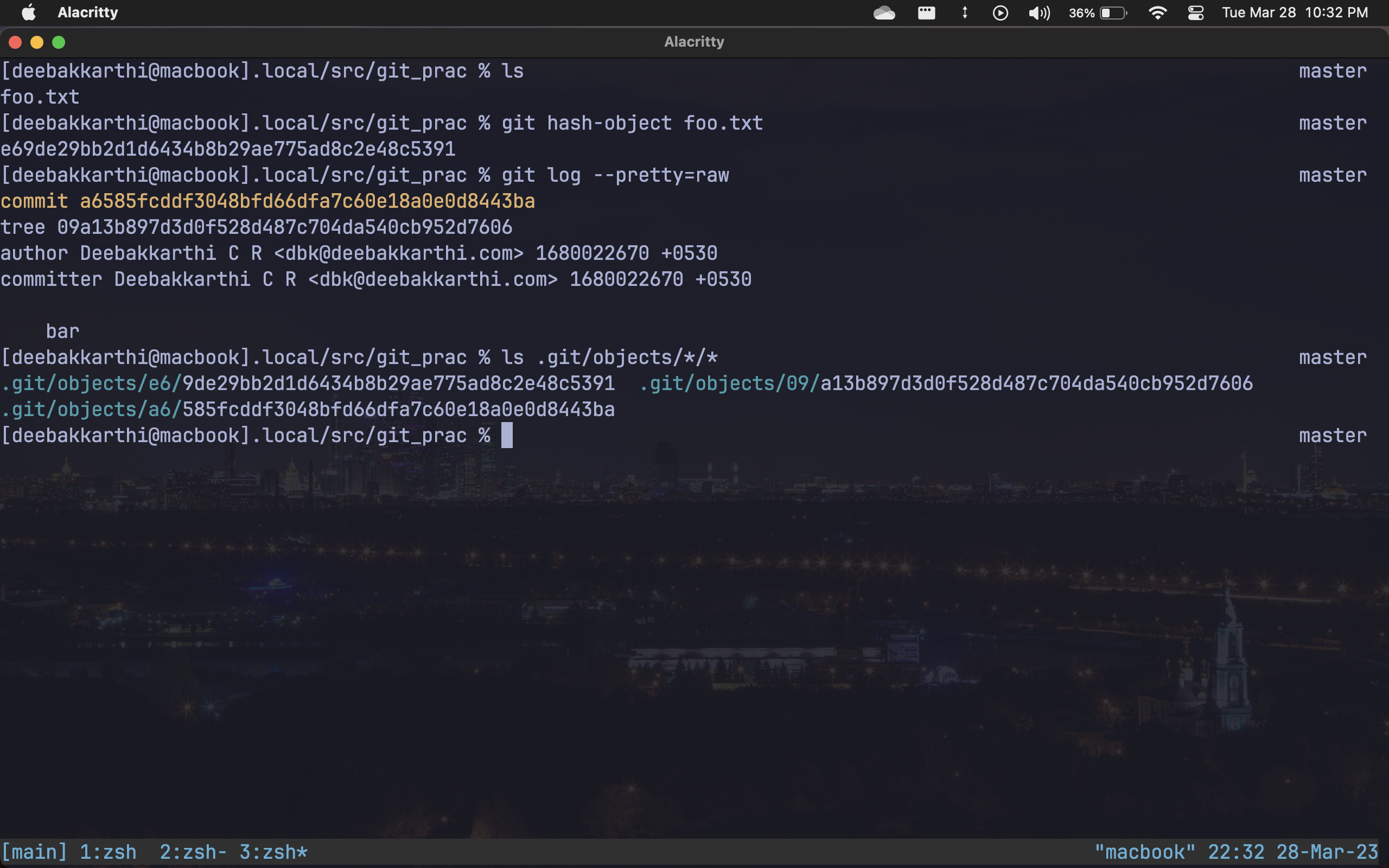..
git-moc
Commit types
| Commit Type | Title | Description | Emoji | Release | Include in changelog |
|---|---|---|---|---|---|
feat |
Features | A new feature | ✨ | minor |
true |
fix |
Bug Fixes | A bug Fix | 🐛 | patch |
true |
docs |
Documentation | Documentation only changes | 📚 | patch if scope is readme |
true |
style |
Styles | Changes that do not affect the meaning of the code (white-space, formatting, missing semi-colons, etc) | 💎 | - | true |
refactor |
Code Refactoring | A code change that neither fixes a bug nor adds a feature | 📦 | - | true |
perf |
Performance Improvements | A code change that improves performance | 🚀 | patch |
true |
test |
Tests | Adding missing tests or correcting existing tests | 🚨 | - | true |
build |
Builds | Changes that affect the build system or external dependencies (example scopes: gulp, broccoli, npm) | 🛠 | patch |
true |
ci |
Continuous Integrations | Changes to our CI configuration files and scripts (example scopes: Travis, Circle, BrowserStack, SauceLabs) | ⚙️ | - | true |
chore |
Chores | Other changes that don’t modify src or test files | ♻️ | - | true |
revert |
Reverts | Reverts a previous commit | 🗑 | - | true |
Version Control System
Notes for this lecture
- Used for keep track of the changes made to src code
- VCS achieve this through a set of snapshots
- In addition to this VCS also store metadata about the files such as, but not limited to, author, date etc…
Uses
- The obvious - Access to older versions
- Ability to work parallelly using branches.
- Example: One branch can be used to fix bugs while another is used to test new features
- Collaboration
Git’s Data structures
In git folders are known as trees and files are known as blobs. A simple way of modelling history is through a linear sequence of snapshots. But this model is very limiting. Git uses a different, rich model. It models the snapshots as a Directed Acyclic Graph. Each snapshot has a parent(s). In git each snapshot in git is known as a commit. We can write these as pseudocode to understand them better
typedef byte blob[];
typedef union {
tree,
blob
} tree_obj;
typedef map(string, tree_obj[]) tree;
/* Each commit only has the references.
* In git objects are stored separtely in an object store and are
* referenced using their hashes
*/
typedef struct{
commit *parent[],
string author,
string msg,
// snapshot is the reference to the root folder
tree *snapshot
} commit;
typedef union{
tree,
blob,
commit
} object;
typedef string ID;
typedef map(ID, object) object_map;
/* This is for human identification. Since ID, which is a SHA1 hash doesn't
* have any semantic meaning it is attached with a human readable message.
*/
typedef map(ID, msg) ref;
void store(object o, object_map m)
{
string id = sha1(o);
object_map[id] = o;
return;
}
object load(ID id, object_map m)
{
return m[id];
}

The above example has one file and one commit. There are three objects in the
.git/objects folder. One is for foo.txt, one for bar commit and the last
is for the root tree.
Another important terminology is branches. Branches can be thought as a reference to a commit. There two special references in git.
mastermasterrefers to the main line of development of a project
HEADHEADrefers to the commit that we are actually viewing as our current working directory
Git commands
git init- Create an empty git repository
git status- Shows the current status
git log --all --graph --decorate- Shows a diagram resembling the underling ADAG structure
git diff [COMMIT] [FILE]- Show the modifications between
HEADor theCOMMITgiven to theFILE git checkout -b BRANCH- Creates a new branch and switches to it
git merge COMMIT- Merges HEAD with COMMIT